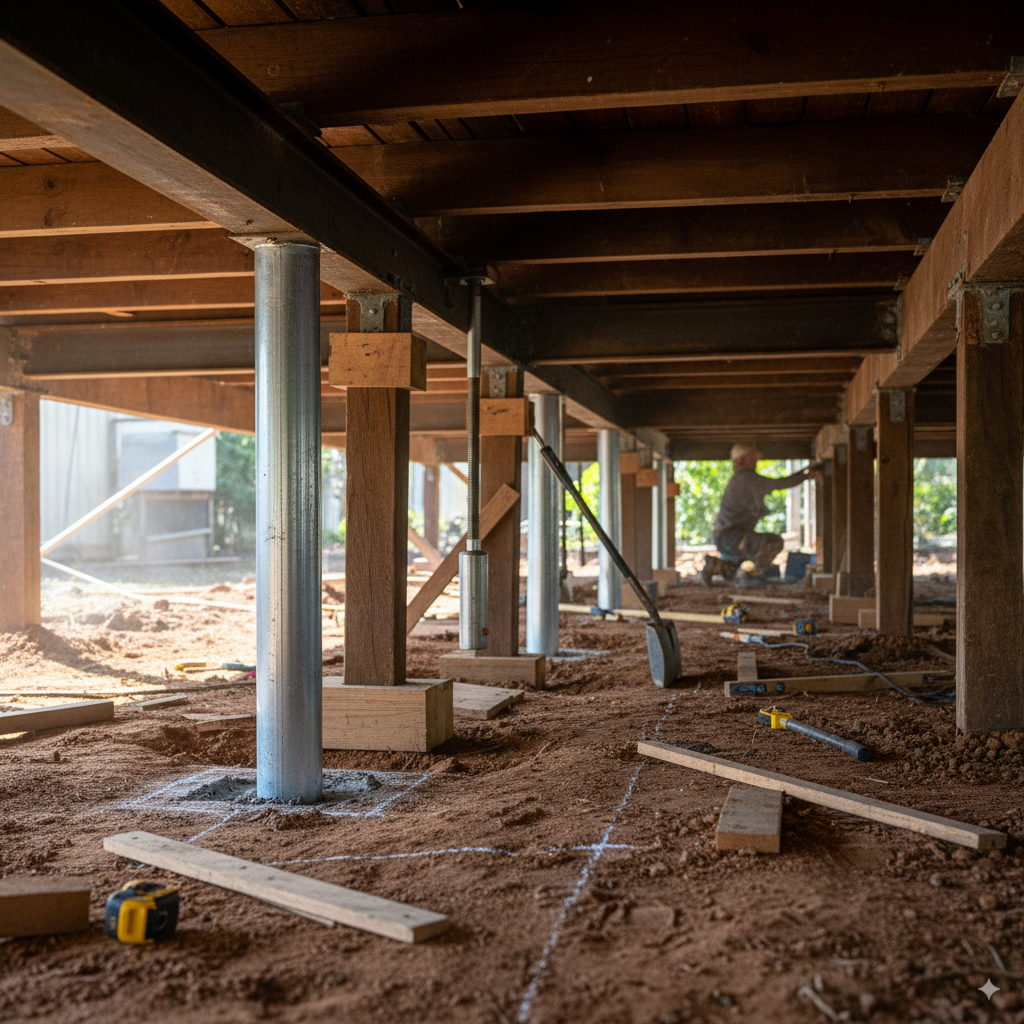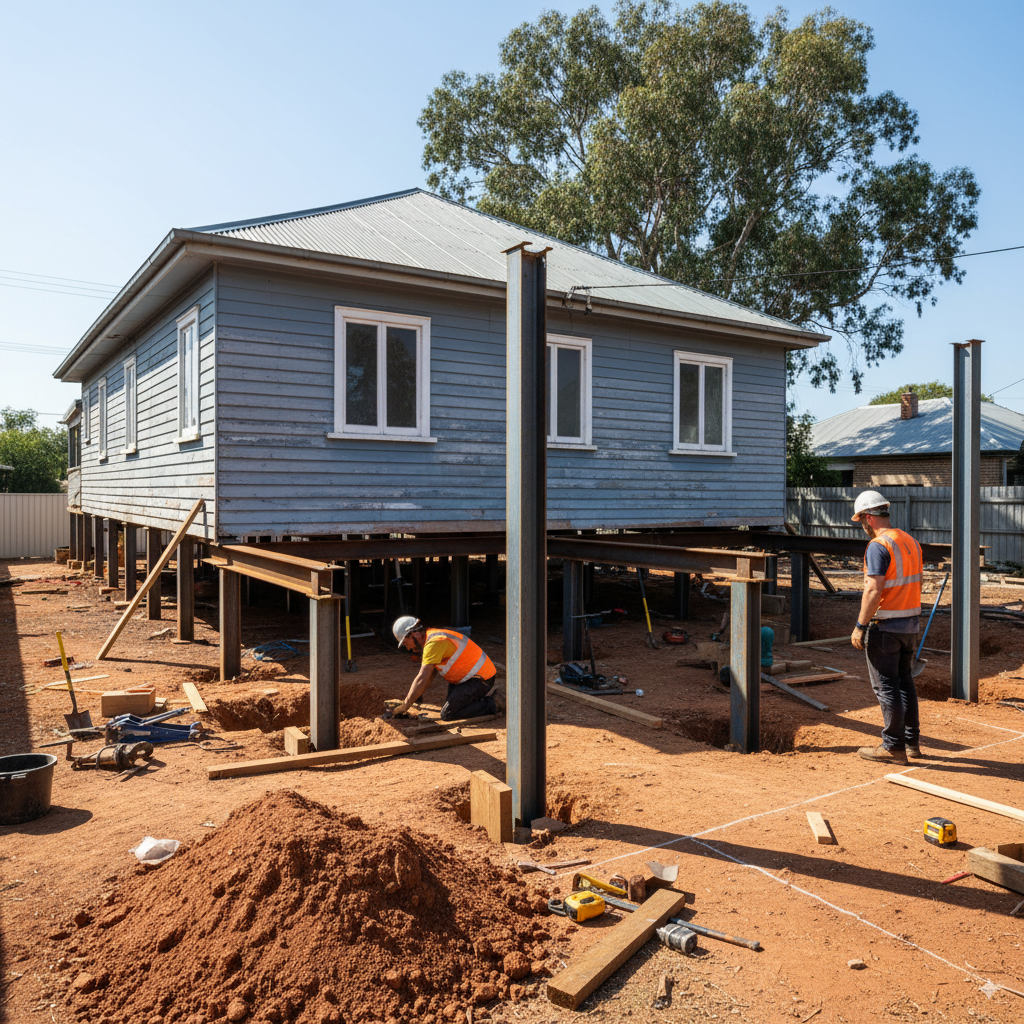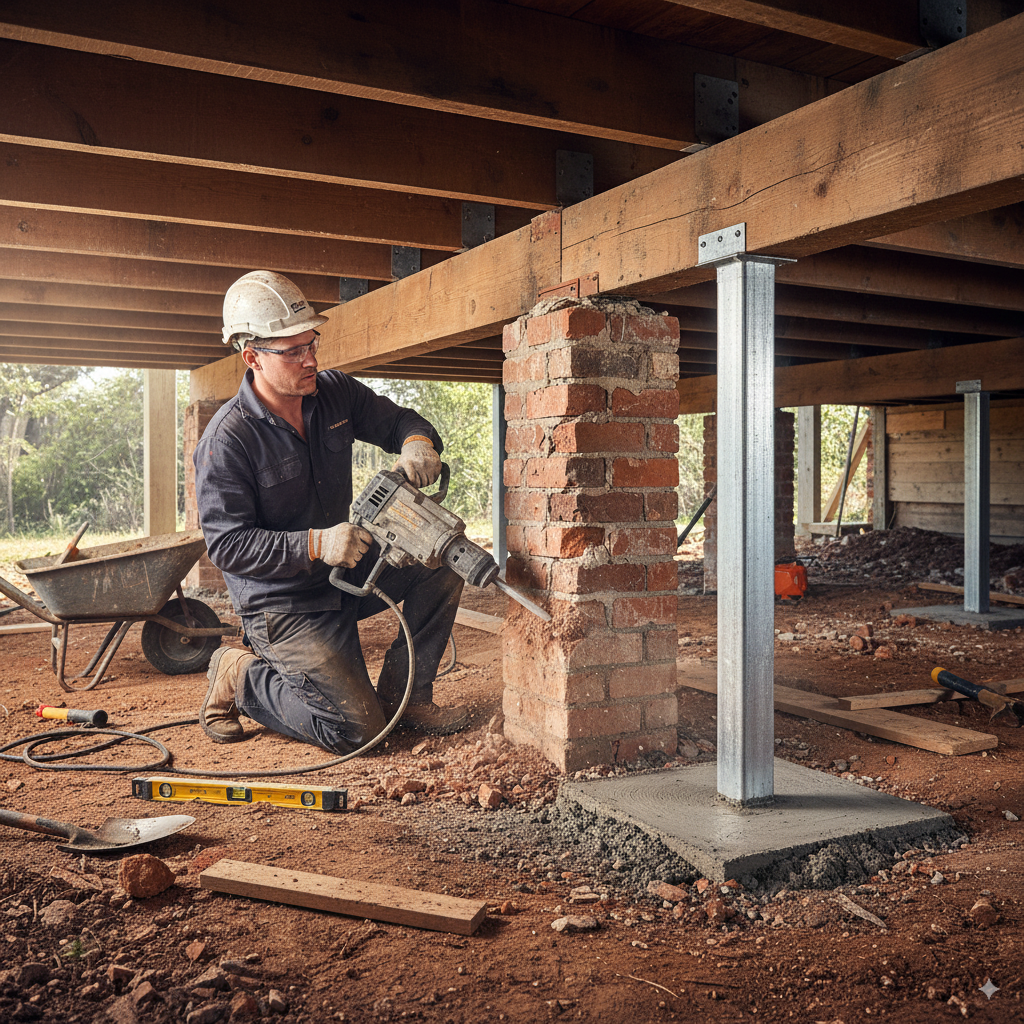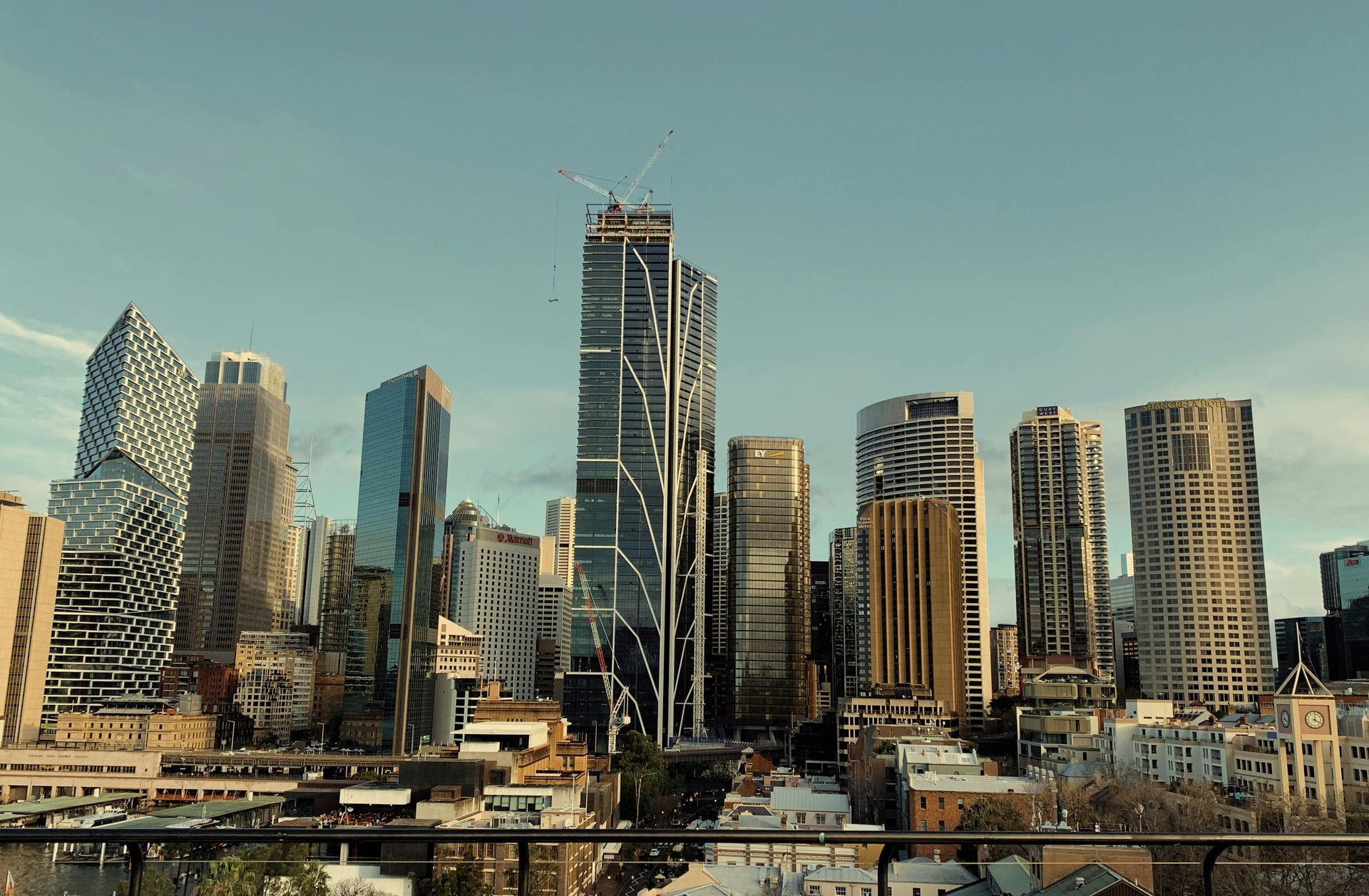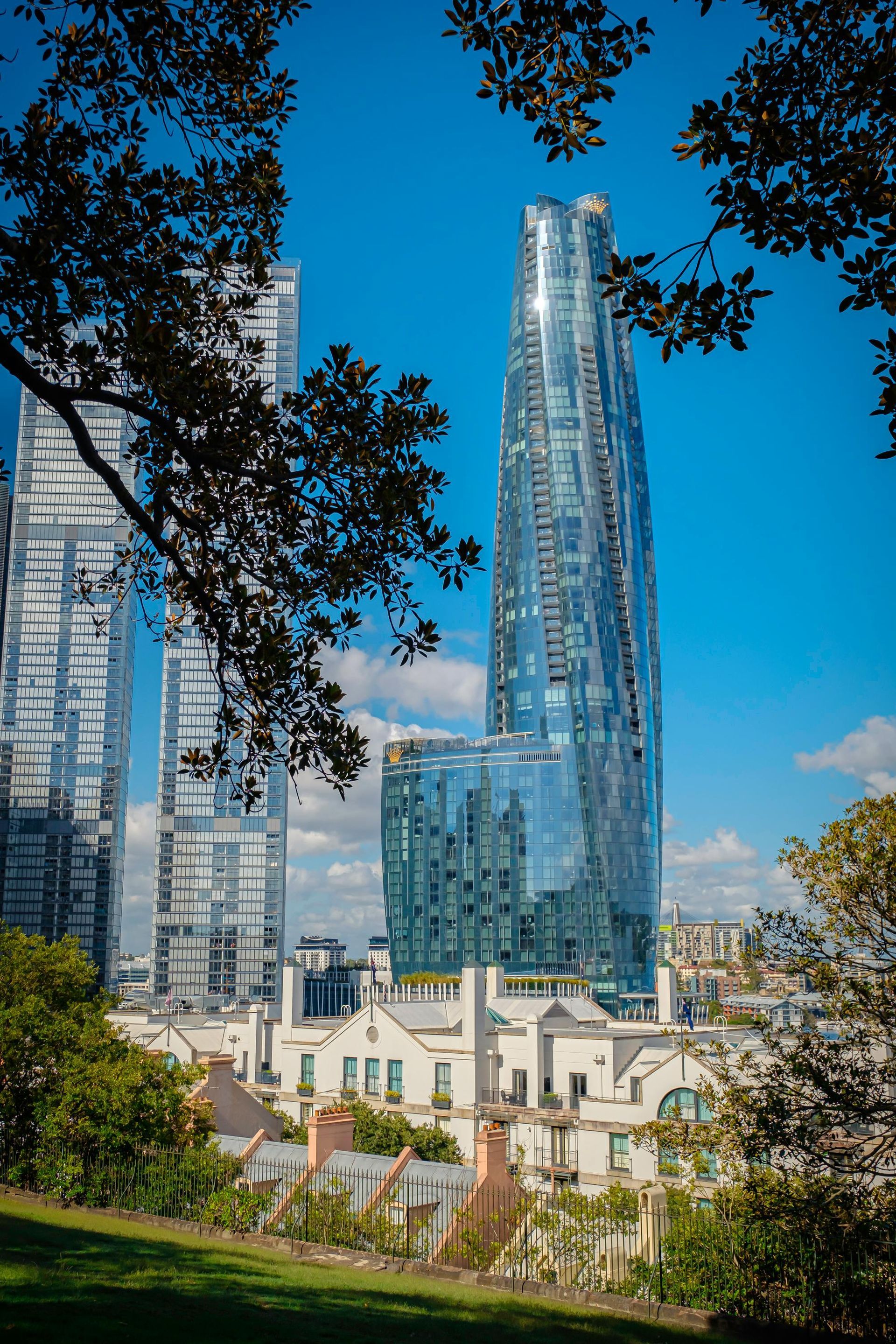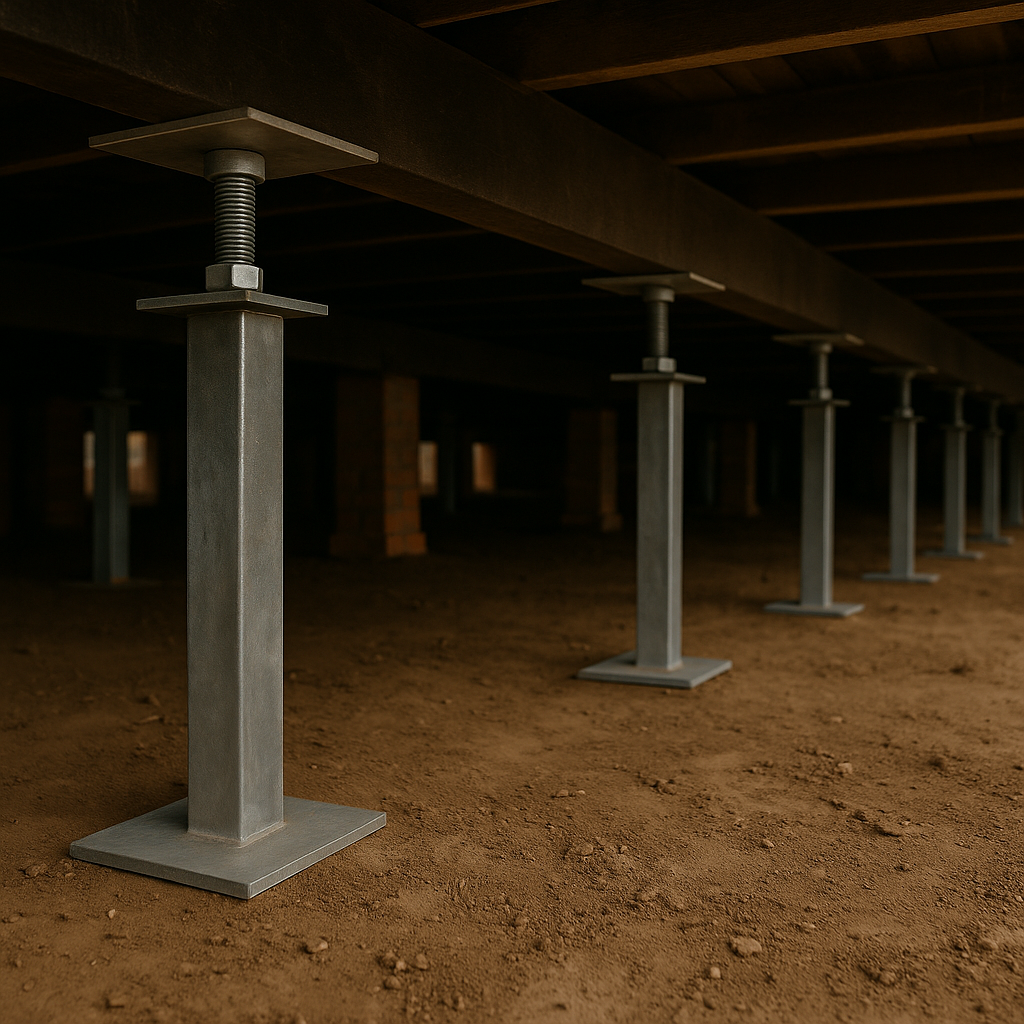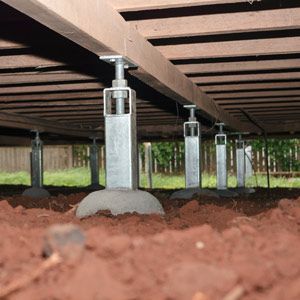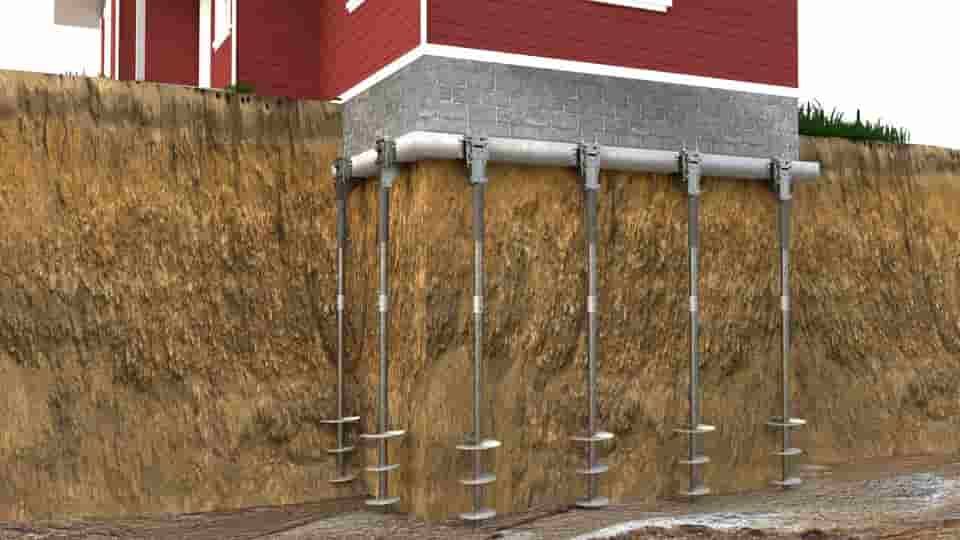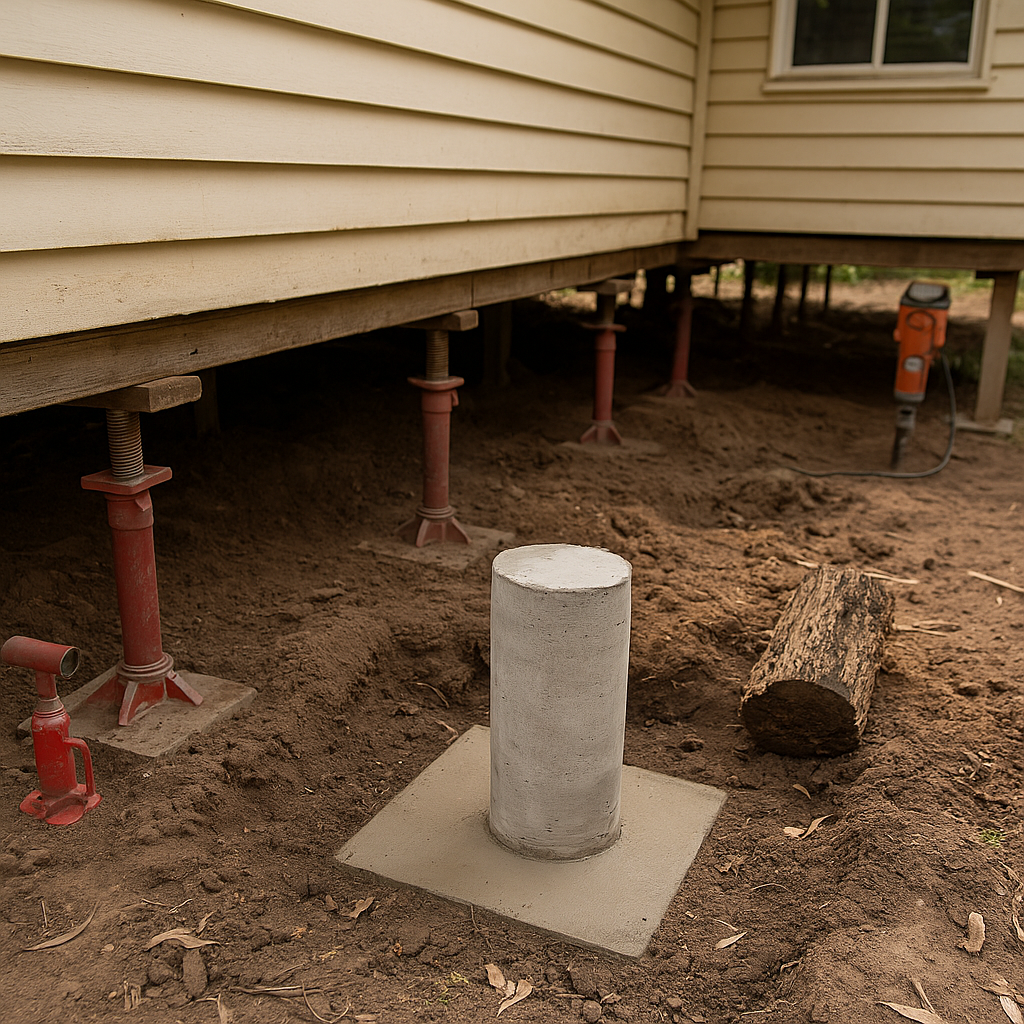Floor Levelling in Older Homes – What Are Your Options?
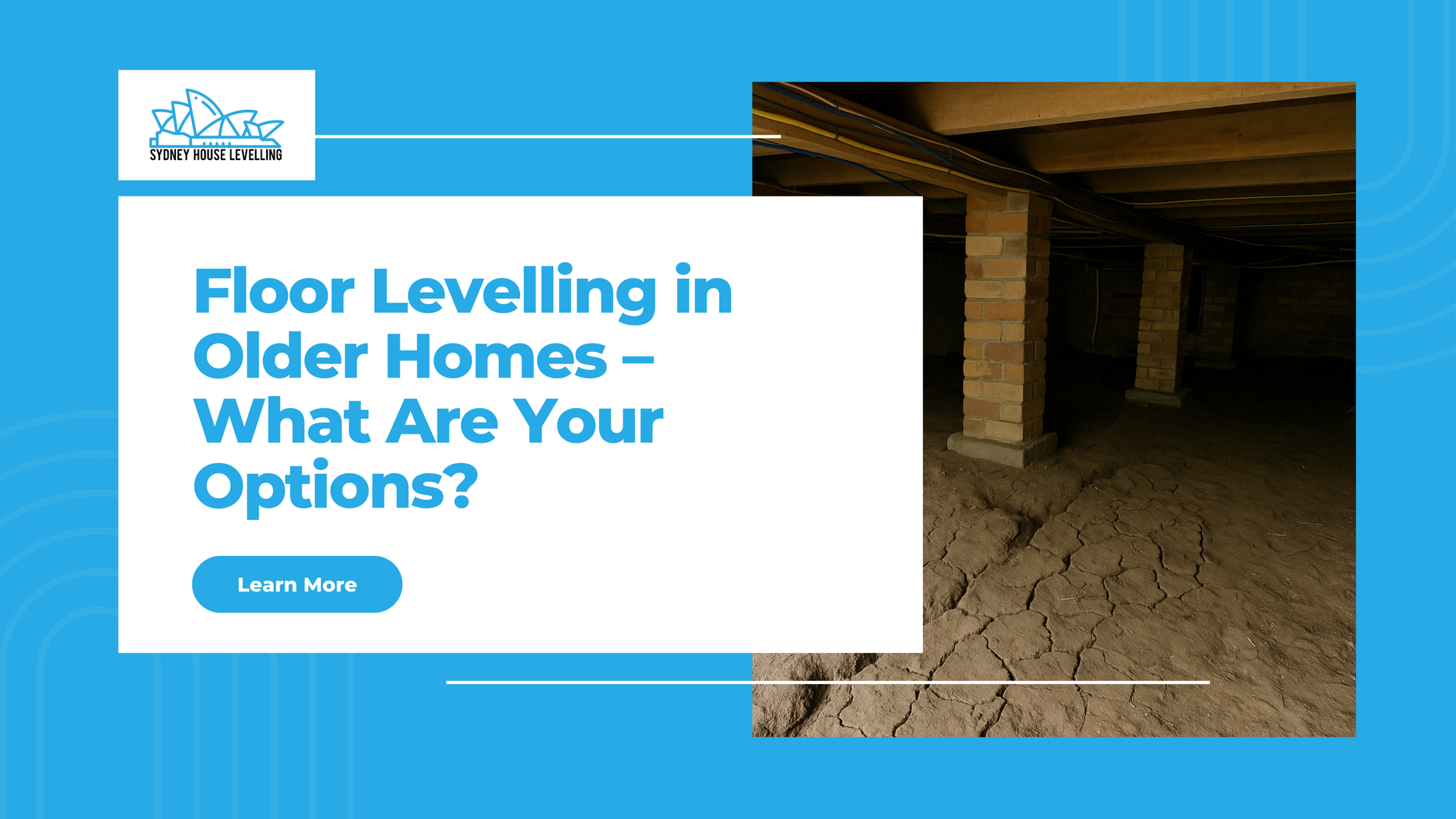
Floor Levelling in Older Homes – What Are Your Options?
Owning a classic Sydney home is a dream — high ceilings, hardwood floors, maybe a bit of stained glass here and there. But with age comes quirks, and one of the most common is uneven floors. Whether it’s a sloping hallway or a bounce in the living room floorboards, older homes tend to show their age underfoot.
The good news? You’ve got options. Here’s what causes uneven floors in heritage and older homes, and how floor levelling in Sydney can bring your house back to balance — without losing its charm.
Why Do Floors in Older Homes Go Uneven?
Time and movement are the main culprits, but a few specific factors tend to pop up in Sydney homes built before the 1980s:
Timber Stumps or Piers Wearing Out
Back in the day, many homes were built on timber stumps or brick piers. These can rot, shift, or be eaten away by termites over the years. As they deteriorate, different parts of the floor begin to sink or slope.
Reactive Soil Movement
Sydney’s soil isn’t always stable. Reactive clay expands and contracts with moisture changes, which can cause footings to move or settle unevenly — especially if the home’s had minimal maintenance underneath.
Previous Renovations or DIY Fixes
It’s not uncommon to find uneven joins where old and new parts of a house meet. Additions may have been built on different foundations, or the levelling might not have been done properly in the past.
Your Options for Floor Levelling in Older Homes
Fixing uneven floors doesn’t always mean starting from scratch. A good floor levelling plan takes into account your home’s structure, foundation type, and age — and finds the right method to suit.
Reblocking or Restumping
If your home is on timber or concrete stumps and they’ve started to fail, we can remove and replace them with new, more durable materials like galvanised steel or concrete. This process lifts and re-levels the house from underneath and is essential for homes with major dips or bounce in the floor.
Structural Levelling
This involves carefully lifting parts of the home to correct uneven settlement. It might involve jacking up floor joists or adjusting piers to realign the structure. It’s often used with reblocking to ensure everything sits level and stable.
Self-Levelling Compounds
If the underlying structure is sound and the issue is more about surface unevenness (think minor dips or high points), we can use self-levelling concrete compounds to smooth out the top layer. This is often done before installing new flooring like vinyl, tile, or laminate.
Underpinning (For Slab Homes)
If your older home is built on a concrete slab and it’s sinking or cracking, underpinning might be needed. This strengthens the foundation with added supports, stabilising the home and preventing further movement.
Keep the Character, Fix the Floors
You don’t have to give up the charm of your old home to have a solid, safe, and level floor. With the right approach, you can preserve what makes your house special — while making sure it’s comfortable to live in every day.
Talk to Sydney’s Floor Levelling Experts
At Sydney House Leveling, we know how to work with older homes. We understand heritage features, tricky access, and the unique quirks that come with century-old builds.
Free inspections across Sydney
Tailored solutions for heritage and older homes
Honest advice and guaranteed results
📩
Book your floor inspection online!
Let’s get your floors sorted — and your home feeling solid again.
